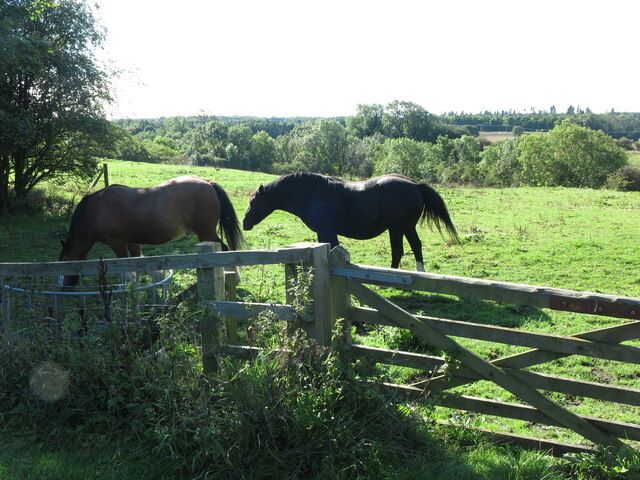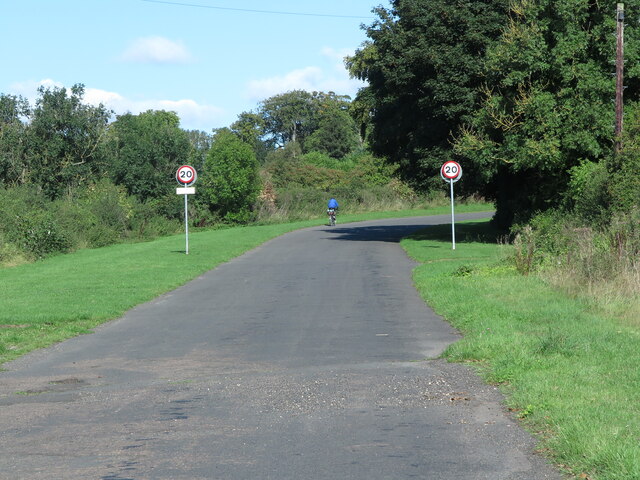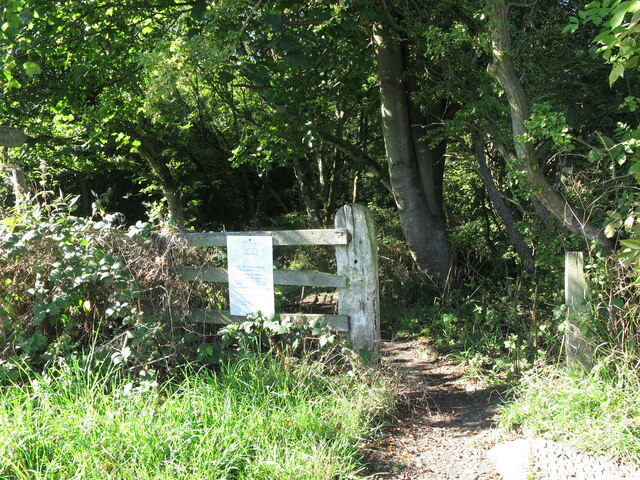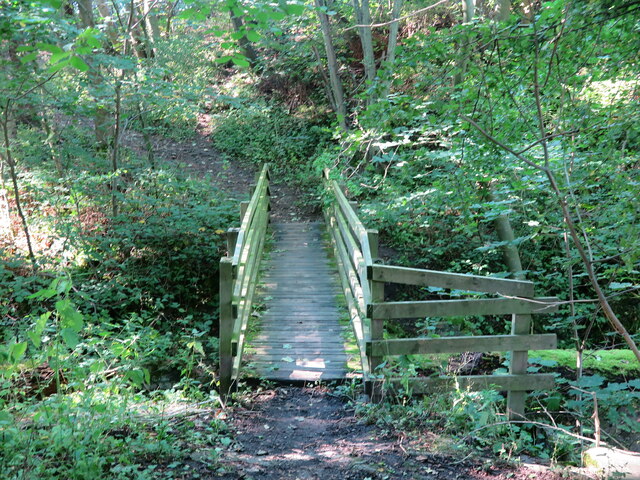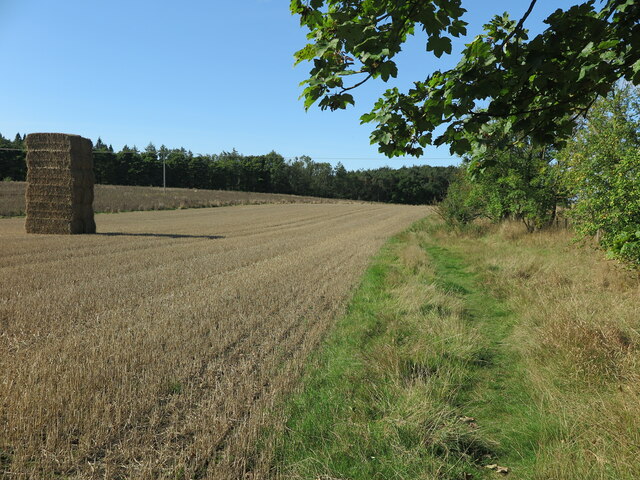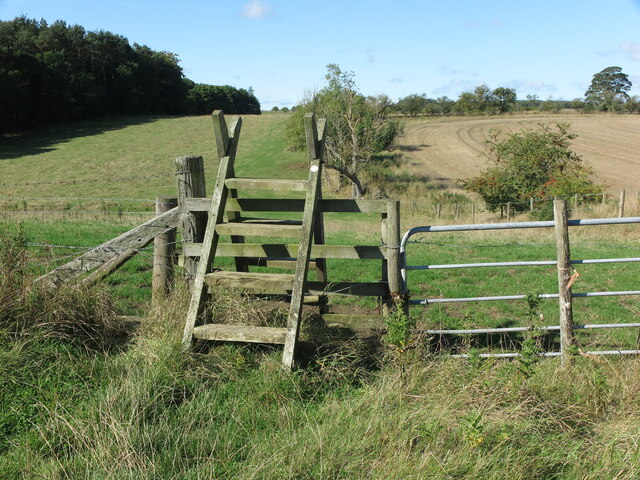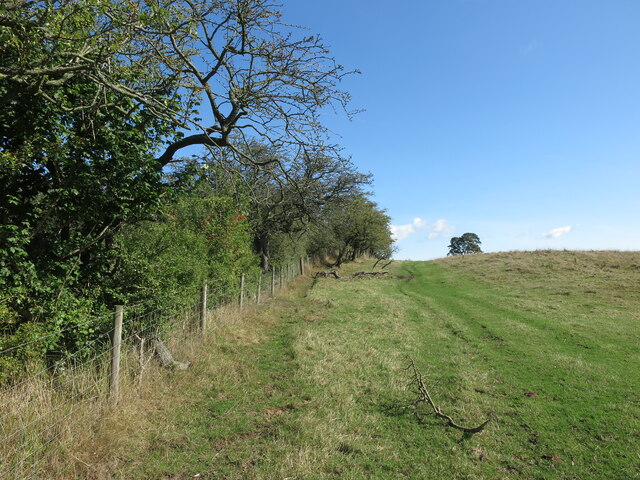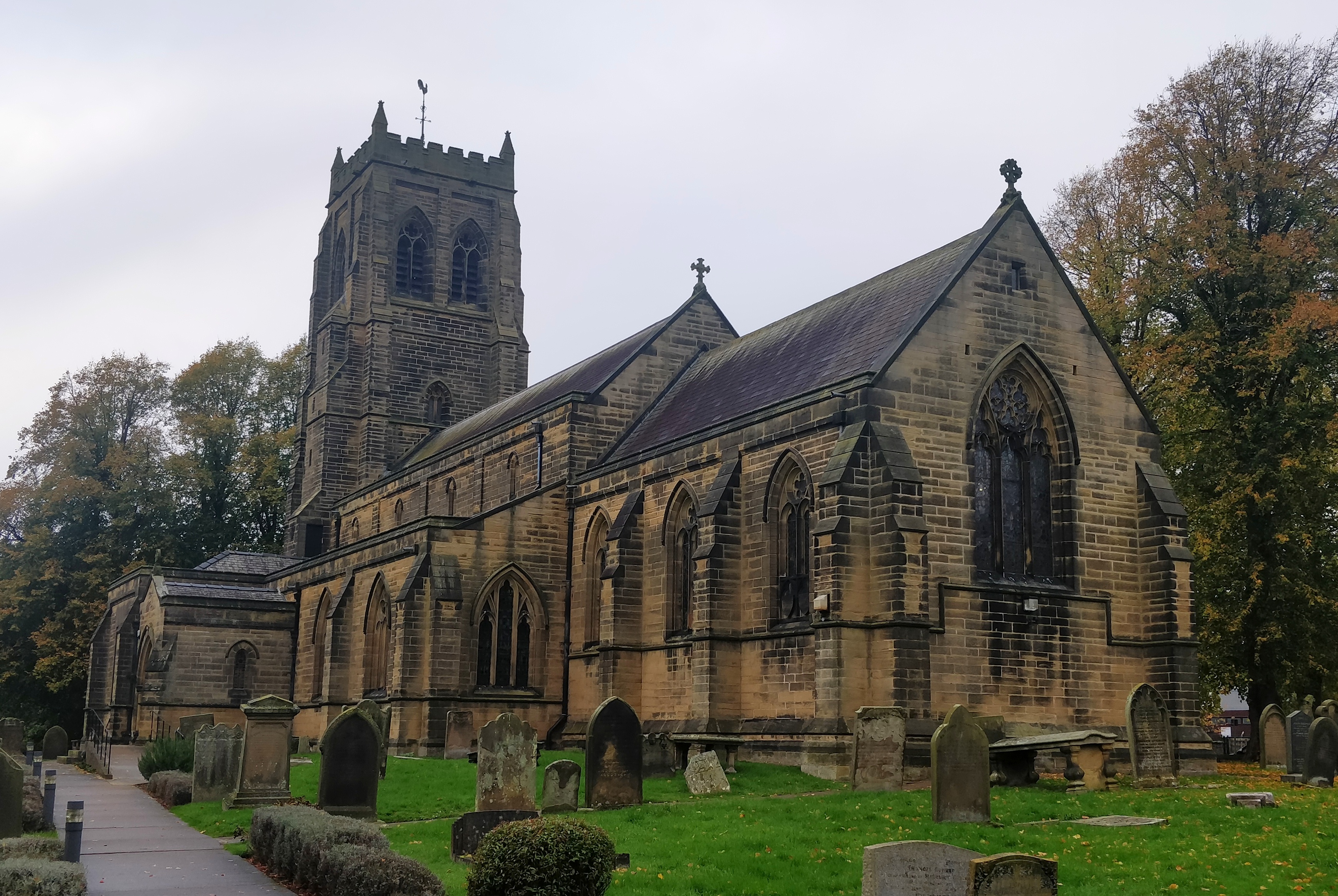Loughhouse Plantation
Wood, Forest in Northumberland
England
Loughhouse Plantation

Loughhouse Plantation is a picturesque woodland located in Northumberland, England. Covering an area of approximately 500 acres, this ancient forest is a haven for nature enthusiasts and outdoor adventurers alike. Situated near the village of Wood, Loughhouse Plantation boasts a diverse range of flora and fauna, making it a biodiverse hotspot in the region.
The woodland is characterized by its dense canopy of tall trees, including oak, beech, and birch. These towering giants provide a shaded and tranquil environment, perfect for leisurely walks and exploration. The forest floor is adorned with a vibrant carpet of wildflowers, ferns, and mosses, creating a visually striking landscape throughout the year.
Loughhouse Plantation is home to an array of wildlife species. Birdwatchers will delight in spotting various avian residents such as woodpeckers, owls, and buzzards. The forest also provides a habitat for mammals like deer, foxes, and badgers, which can occasionally be glimpsed during dawn or dusk.
For those seeking outdoor activities, Loughhouse Plantation offers numerous trails that wind through its scenic terrain. These well-maintained paths cater to hikers, joggers, and mountain bikers, providing an opportunity to immerse oneself in the natural beauty of the woodland. Additionally, the plantation is equipped with picnic areas and benches, allowing visitors to relax and enjoy the peaceful surroundings.
Loughhouse Plantation is a true gem of Northumberland, offering a serene escape from the hustle and bustle of everyday life. With its stunning landscapes and abundant wildlife, this woodland is a must-visit destination for nature lovers and adventurers seeking solace in the beauty of the natural world.
If you have any feedback on the listing, please let us know in the comments section below.
Loughhouse Plantation Images
Images are sourced within 2km of 55.118339/-1.6679169 or Grid Reference NZ2180. Thanks to Geograph Open Source API. All images are credited.
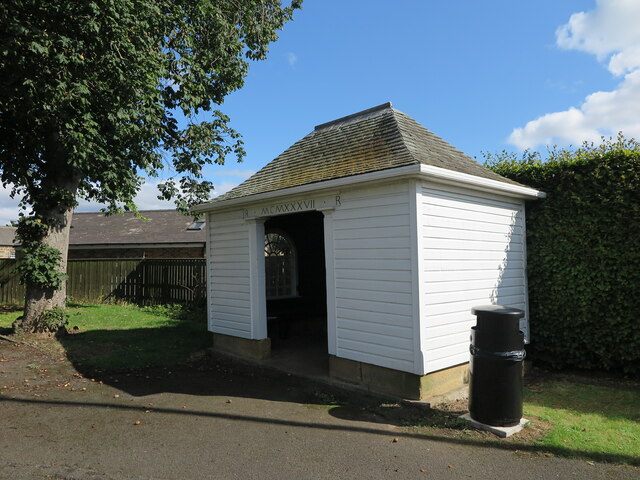
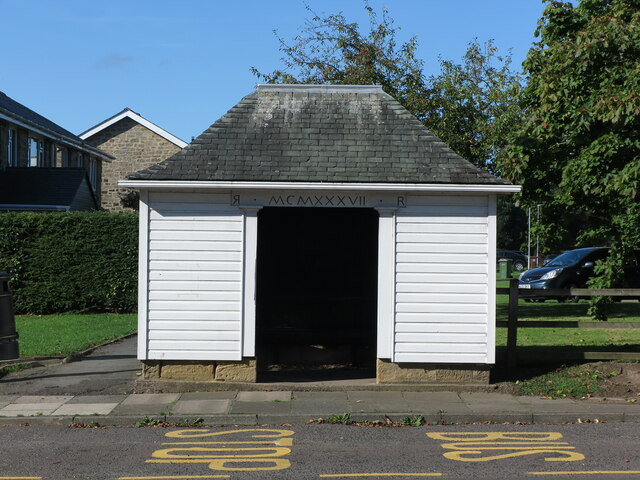
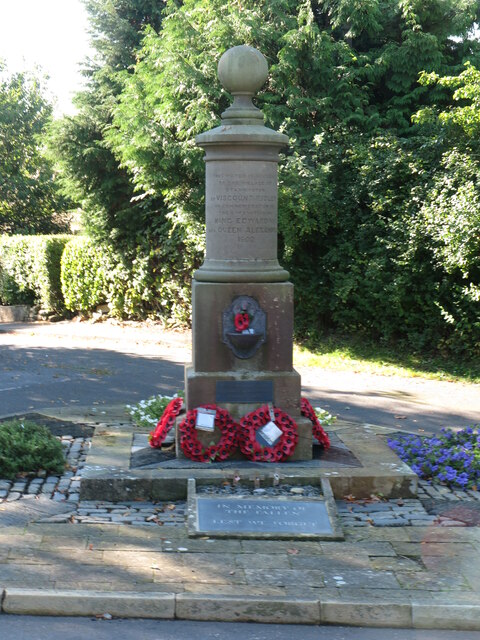
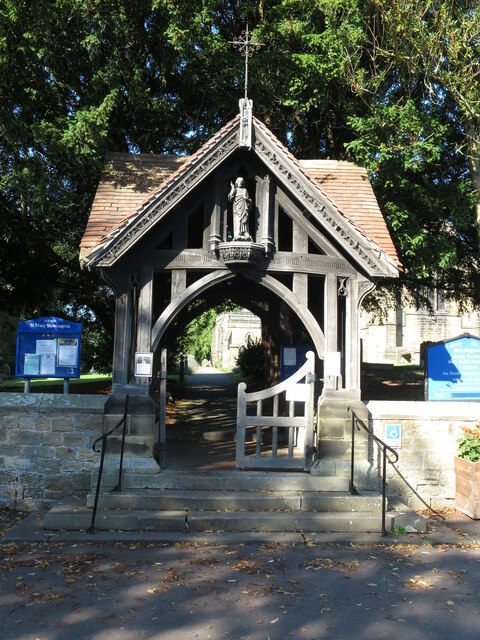
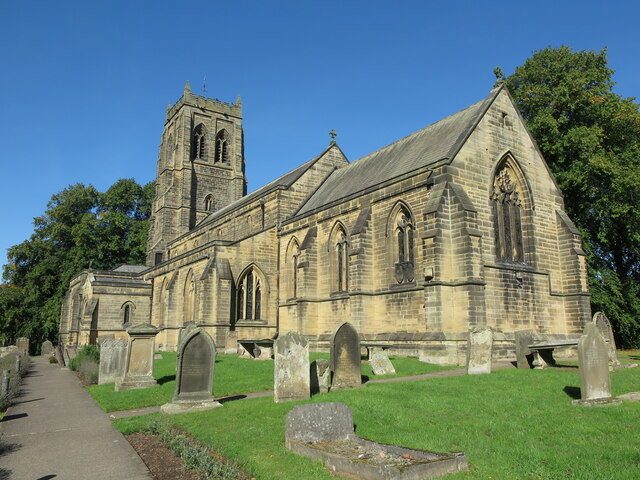
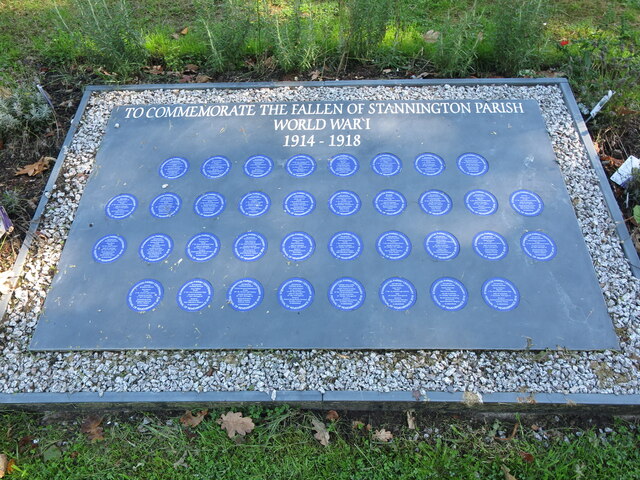
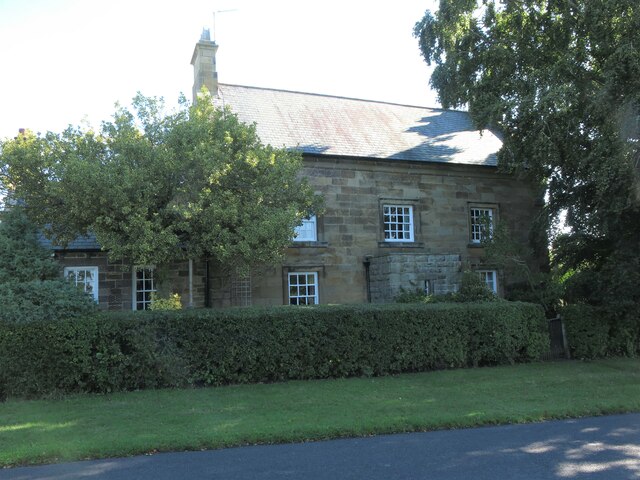
Loughhouse Plantation is located at Grid Ref: NZ2180 (Lat: 55.118339, Lng: -1.6679169)
Unitary Authority: Northumberland
Police Authority: Northumbria
What 3 Words
///dispenser.sweep.shame. Near Stannington, Northumberland
Nearby Locations
Related Wikis
Stannington, Northumberland
Stannington is a village and civil parish in Northumberland, England. The population of the civil parish was 1,219 at the 2001 Census, increasing to 1...
Stannington railway station
Stannington railway station was a railway station which served the village of Stannington in Northumberland, England. It was located on the East Coast...
Clifton, Northumberland
Clifton is a hamlet in Northumberland, in England. The population is between 20 and 30. It is situated a short distance to the south of Morpeth, on the...
Nedderton
Nedderton is a village in Northumberland, England about 4 miles (6 km) southeast of Morpeth, just off the A192 road. == History == In the early part of...
Nearby Amenities
Located within 500m of 55.118339,-1.6679169Have you been to Loughhouse Plantation?
Leave your review of Loughhouse Plantation below (or comments, questions and feedback).


